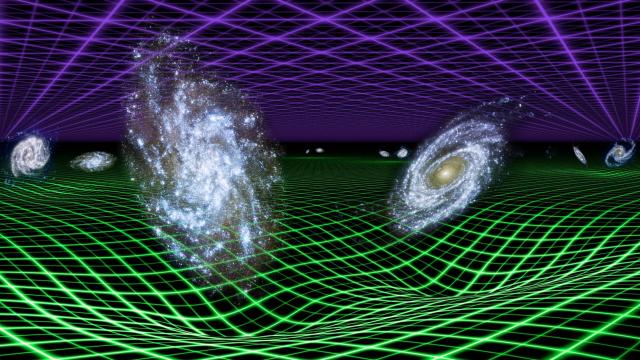Forget UFOs — there are a lot of objects and events in space that are identified, but still completely incomprehensible. From planets in our solar system, to inexplicable energy bursts from across the universe, here are some of the enduring mysteries of the space and time we call home.
Image via NASA
The Colour of Jupiter’s Red Storm

Image via NASA
You’ve probably seen amazing pictures of this massive, red hurricane that’s been whirling across Jupiter’s southern hemisphere for at least 400 years. We know it’s a hurricane-like phenomenon, that you could fit 3 Earths inside it, and that it’s cooler and higher than nearby clouds. Over centuries of observation, we’ve also discovered that it changes colour, moving between a pale pink and a bright red. It’s also shrinking. But why has it lasted for so long? Why does it change colour? There are a lot of good theories, but we simply don’t know the answers yet.
The Incredible Iciness of Saturn’s Rings
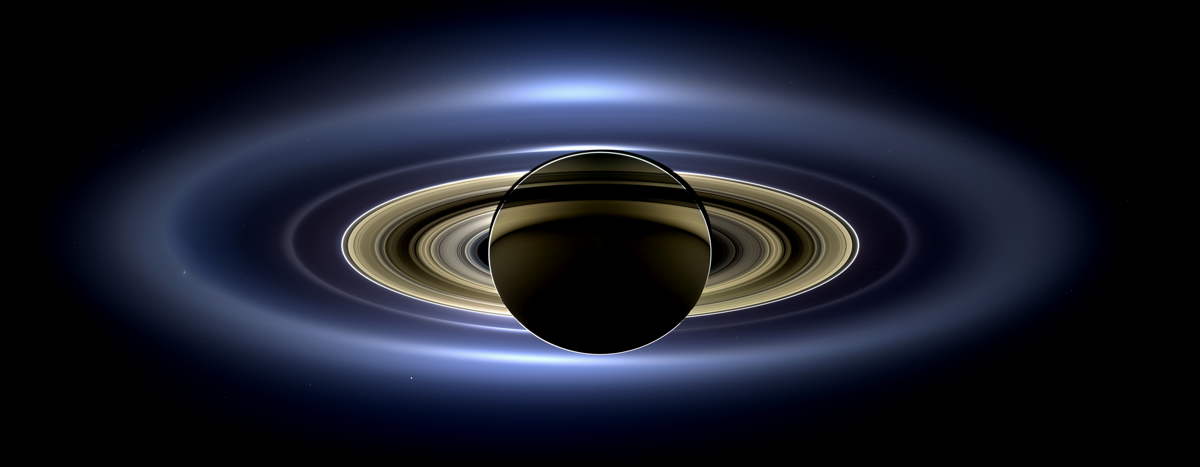
Image via NASA
The ultra-thin, icy rings of Saturn are another familiar part of our solar system are just as mysterious as Jupiter’s red spot. We know what they’re made of, and we understand some of the tidal forces that cause them to change shape. We’re also pretty sure they formed 4.4 billion years ago, right around the time when most planets in the solar system were coalescing. But we still aren’t sure how they formed, why they’re made up almost entirely of ice, and why they are able to maintain such a perfectly flat shape as they whirl around the planet with its many moons. Are they the result of several destroyed moons? Leftovers from early solar system formation? We just aren’t sure.
Hot Jupiter Messes
“Hot Jupiters,” or massive gas giants in tight orbit around their stars, are one of the first types of exoplanets that astronomers began discovering in large numbers in our galaxy. What’s puzzling about these broiling behemoths is how close they are to their suns. The substances you usually find in a Jupiter-like planet are found in the outer reaches of a solar system, so how did these Hot Jupiters even form at all? At first, scientists believed that they migrated slowly toward their present positions from further away, spiraling towards their suns as their solar systems formed.
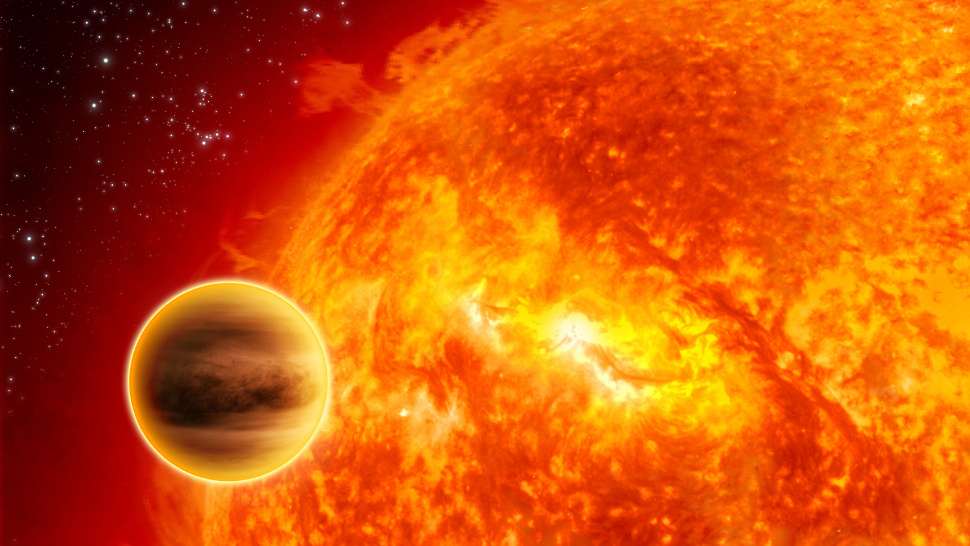
Artistic impression via Hubble
But, as American Museum of Natural History astronomer Mordecai-Mark Mac Low told io9, that “has now been pretty conclusively disproven by showing that they have orbital planes almost randomly oriented with respect to the rotational axes of their parent stars.” In fact, many Hot Jupiters actually orbit in the opposite directions of their suns, which is incredibly weird. Mac Low adds, “This suggests that interactions with other, now expelled, giant planets or passing stars must be required to knock them into such tight orbits.” These smash-ups might also explain their weird rotational axes.
Cataclysmic Variables, or the Eater Eaten
We’ve seen many kinds of stars in our galaxy, from red dwarfs to red giants, but some stars are particularly strange. Especially when they come in pairs. Such is the case with a class of binary star called a cataclysmic variable. These are white dwarfs that are in an extremely close orbit around their companions — so close, in fact, that they are stripping the other star of all its gas. “The particularly odd thing about these objects is that white dwarfs are the cores of red giants, and the companion stars orbit so close that they must have once been deep inside the red giant!” Mac Low told io9. “It appears that if a red giant swallows a binary companion as it grows, the companion can sometimes strip its outer layers off, leaving a prematurely naked white dwarf behind.”
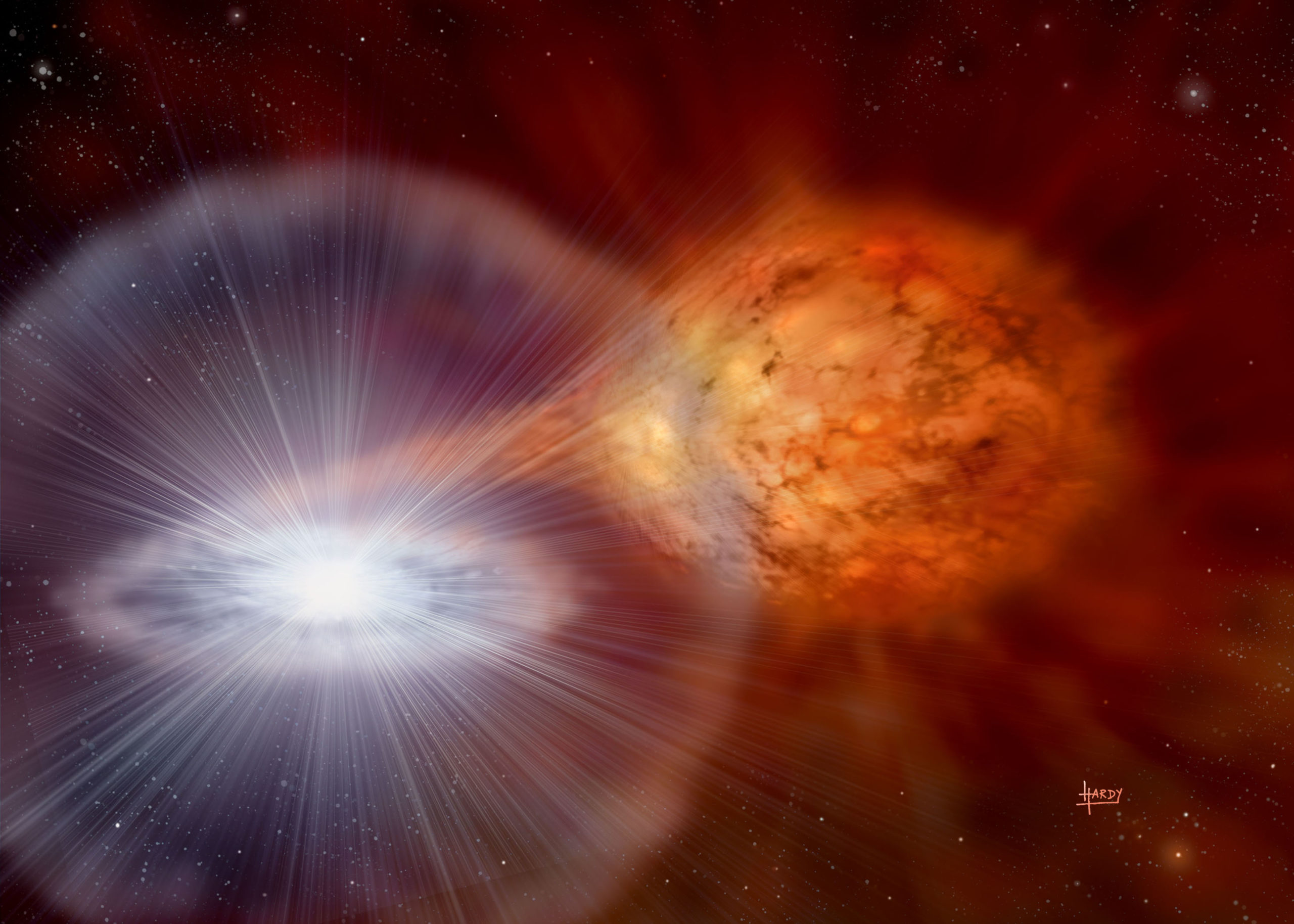
Illustration by David Hardy
Let’s just unpack that a little, shall we? A cataclysmic variable may be the remnants of an event where one star in a binary went red giant, and ate its companion. Once inside the red giant, the star blew off all the red giant’s gas, leaving behind that “prematurely naked white dwarf.” And now, the (now white dwarfish) red giant is so small that it orbits the star that was once inside of it, and eats its gas. WHAT? Is this some kind of allegory about human relationships or is it an astronomical object? How did all this even happen? I’ll let the astrophysics community decide.
Gamma Ray Bursts — WTF?
Gamma ray bursts are often called the brightest electro-magnetic events in the universe. They release more energy in a few seconds than a typical star will during its entire lifetime, and we’ve only ever seen them in distant galaxies. At most, they last for a few minutes. UC Berkeley astrophysicist Martin Sirk said via email, “They have been known for 40 years, but their cause is still unknown. Some have been correlated with very distant galaxies, but most correlate with nothing!” Are they exploding black holes or something far weirder? We don’t know, but we certainly won’t survive to find out if one goes off in our direction from nearby.
The Shape of Dark Matter
Dark matter is a hypothetical form of matter that appears to exert a gravitational pull on visible matter — but which doesn’t interact with other kinds of matter in any other observable way. It’s so mysterious that we might as well call it “X Matter,” but I think that phrase may be trademarked by Marvel Comics. We know dark matter exists because the behaviour of visible matter in galaxies makes no sense unless there is a lot more matter out there pushing things around and creating gravitational lenses. We’ve even got some pretty good ideas about the structure of dark matter — based on HUBBLE telescope discoveries, we now believe it’s likely that dark matter has a webby, filamentous structure, and that galaxies tend to cluster around its strands and nodes.
Still, we have absolutely no idea what dark matter is made of, or even if it’s one kind of substance or a whole class of different kinds of substances. Our guess at its structure is based on what we’ve seen of the shape of the visible universe, where galaxies tend to cluster together in ways that suggest they’re being attracted to these long, interconnected webs of invisible, untouchable, undetectable . . . stuff. Scientists are currently trying to detect dark matter particles with projects like SuperCDMS.
The Entire Structure of the Universe Itself
And while we’re on the large-scale objects we don’t understand, let’s talk about the entire universe, shall we? Nothing beats the mystery of how our universe formed, why it has the shape it does, and why the heck it’s getting bigger at a rapid clip.
Let’s start by talking about dark energy, which isn’t really related to dark matter. It’s just that astronomers call things “dark” when they don’t know what the heck they are. Dark energy is speculated to be the force that is making the universe expand. Maybe it’s something like gravity, a force that affects all matter. We just don’t know. But many measurements and experiments do confirm that the universe is inflating all the time, and it’s actually inflating faster and faster.
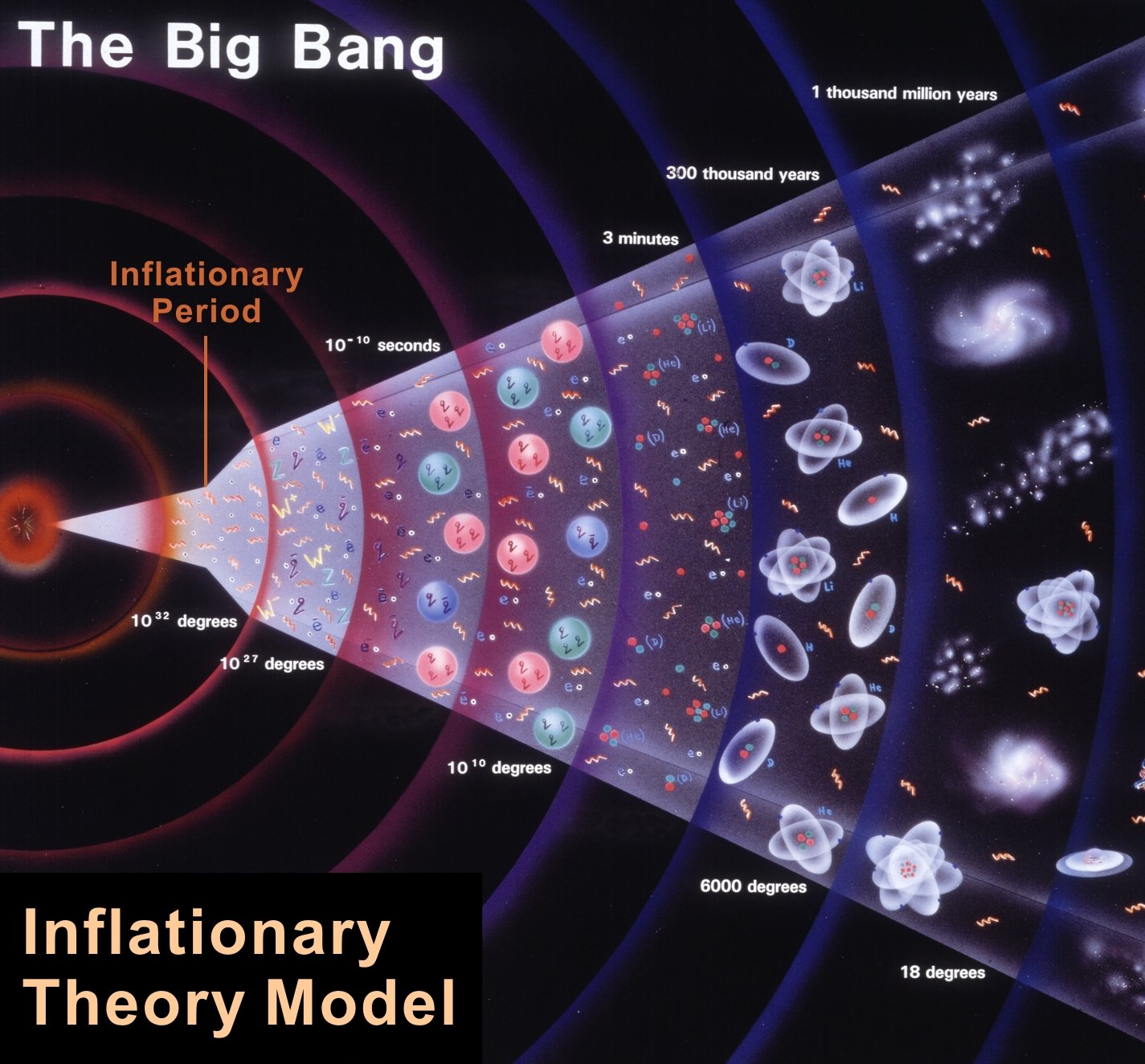
Which leads to another mystery: When did all this inflation start? The Planck telescope has helped astronomers detect the cosmic microwave background, or light from the earliest moments of the universe. Maps of that light have revealed something truly incomprehensible: every point in the early universe seems to be pretty much the same temperature, despite each point being causally disconnected from the other. Sure, some parts of the universe were a little warmer, and some a little colder, but so far we have no explanation for how the universe managed to inflate while at the same time remaining relatively uniform.
Remarks Mac Low, “Dark energy is of course the biggest conundrum — and we don’t even know for sure if it’s entirely separate from inflation, although that’s the current best guess. The problem is, of course, if you have two unknown things, you can’t actually demonstrate that they aren’t different aspects of the same thing, though it is likely.” Look out for Planck experiments in the next few months that might help us start to understand inflation in the early universe — which could eventually shed some (dark) light on why we keep inflating and can’t seem to stop.
